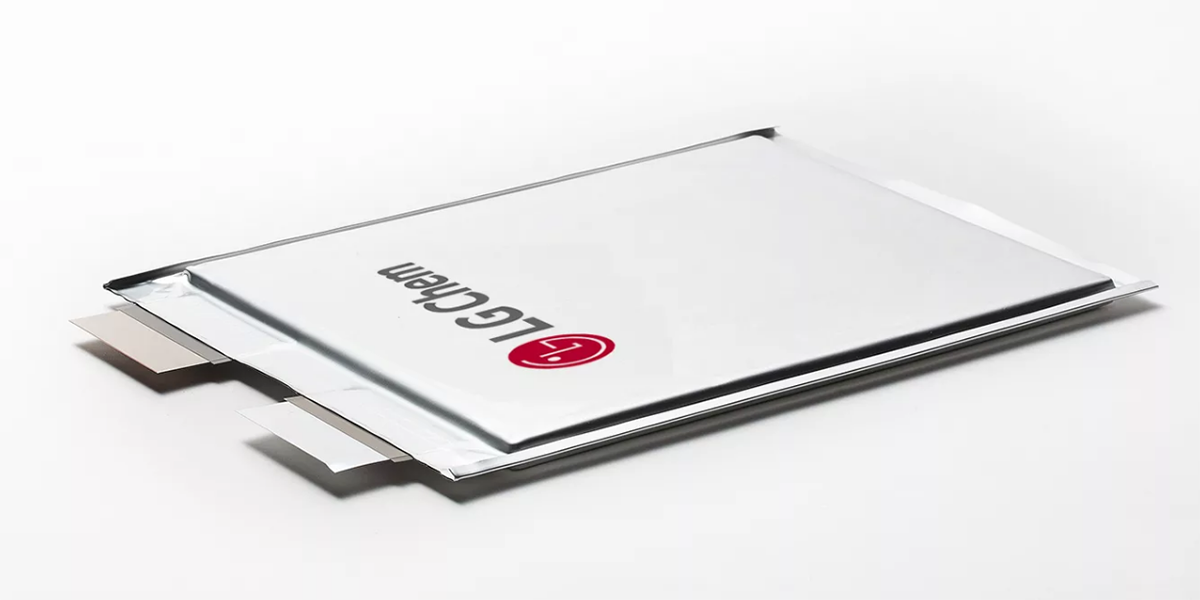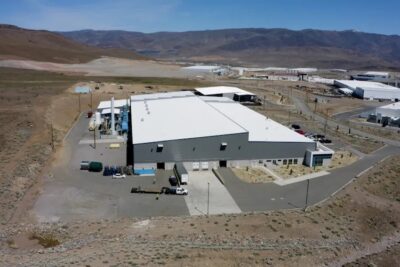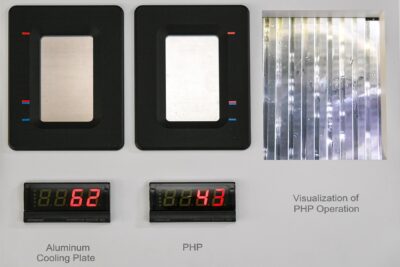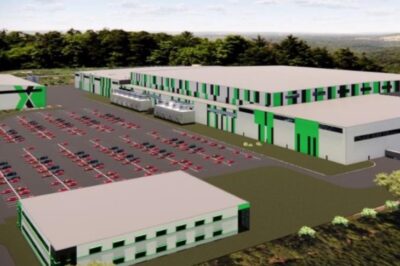LG Energy Solutions rumoured to be developing LFP pouch cells
According to a media report, the Korean battery manufacturer LG Energy Solutions is currently developing LFP pouch cells. Allegedly, a pilot line for the lithium iron phosphate cells is to be built as early as next year.
This was reported by the portal The Elec, which is usually well-informed in the South Korean eMobility industry, without giving any further sources. According to the report, LGES, which has long rejected LFP technology, began developing its own LFP pouch cells at the end of 2020. The development had slowed down somewhat at the beginning of the year, but had recently gained momentum again. LG will build a pilot line for these battery cells next year at the earliest, he said.
So far, LG Energy Solution has mainly relied on NCM and NCA cells with the eponymous nickel, cobalt and manganese (or aluminium for NCA cells) as the active material of the cathode. Unlike battery manufacturers who also specialise in a specific cell format, LGES offers its technology as a pouch cell but also as a round cell – the latter is aimed for Tesla, for example.
With these cells, LGES wanted to achieve its main goal of increasing the range of battery-electric cars. Since LFP cells with their lower energy density are less suitable for this, LG had rejected this technology for a long time. The report does not contain an official explanation for the company’s change of mind. It merely states that there was an “internal consensus” that the company needed its own LFP cell.
However, the decision is probably due to the market: many carmakers are no longer focused purely on range, but are paying more attention to costs in price-sensitive segments – where the cheaper LFP cells can play out their advantages. Tesla, for example, has shown with the standard range models from Chinese production that LFP cells can also be used in a higher-quality car – and is apparently looking for a second supplier for LFP cells. According to the report, Apple and Rivian are also “expected” to use LFP batteries. The VW Group is also considering making the MEB ‘Small’ models (like the series versions of the concepts shown at the IAA ID. Life and Cupra UrbanRebel) are to be equipped with LFP cells. However, The Elec now quotes a source familiar with the matter as saying that VW is planning a cathode with a high manganese content for its low-end vehicles.
While the LFP cells from CATL used by Tesla are prismatic cells, LGES wants to offer lithium iron phosphate technology in the form of a pouch cell. The company does not have customers like Tesla in mind (the Californian company would rather be supplied with 4680 round cells), but low-end electric cars for emerging markets, as The Elec writes.
LGES is apparently also working with its parent company LG Chem on the development. But even LG Chem will “probably have to set up a joint venture with a Chinese partner” in order to be able to supply LG Energy Solution with the raw materials needed for LFP cells in corresponding quantities.





0 Comments